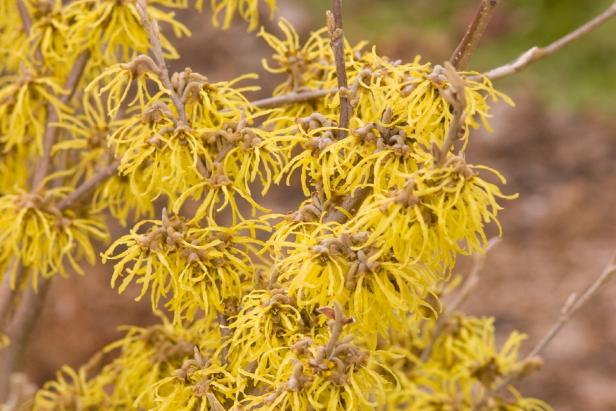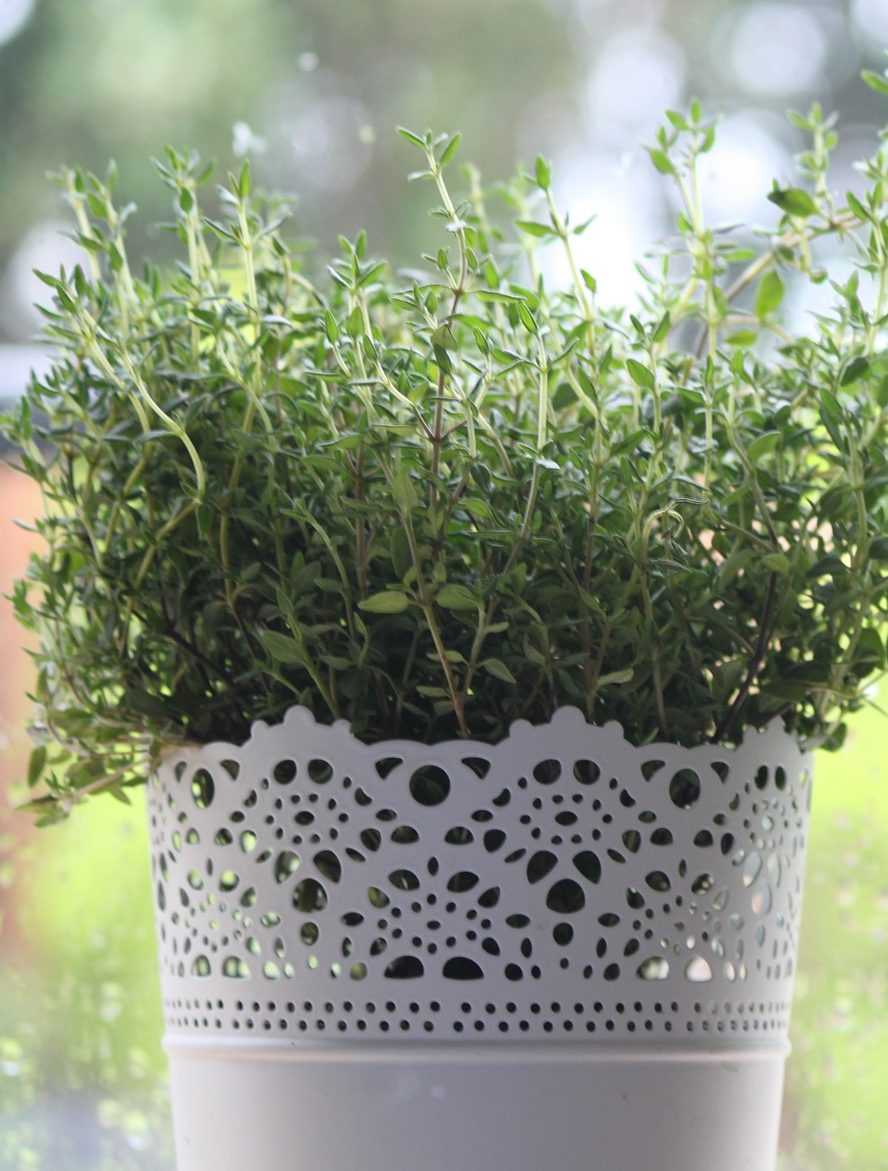How To Grow And Care For A Currant Plant
So, you wanna grow some currants, huh? Well buckle your seatbelts folks, because we’re about to dive into the wild world of currant cultivation!

Plant Attributes
Before we get started, let’s talk about what exactly a currant is. Currants are small, tart berries that grow on shrubs. They come in several different colors, including red, black, and white. While all types of currants are considered safe to eat, some varieties are better for eating fresh while others are better for cooking.
When it comes to planting currants, there are a few key things to keep in mind. Firstly, currants prefer cool climates and can be prone to heat stress in warmer areas. Secondly, they do best in slightly acidic soil with good drainage. Finally, they require regular pruning to maintain their shape and maximize fruit production.
Plant Care
As with any plant, proper care is essential to keeping your currants healthy and productive. Here are some tips to keep in mind:
- Water your currants regularly, especially during dry spells
- Add a layer of mulch around the base of the plant to help retain moisture and suppress weeds
- Fertilize your currants annually with a balanced fertilizer in the spring
- Monitor for pests and diseases regularly and take action if necessary
Pruning
As mentioned earlier, pruning is vital to maintaining healthy currant plants. Here are some tips to keep in mind when pruning your plants:
- Prune your currants annually in late winter or early spring
- Remove any dead, diseased, or damaged wood
- Cut back any old wood to encourage new growth
- Thin out the center of the plant to improve air circulation
Propagation
If you’re looking to propagate your currants, there are a few different methods you can use. Here are some options to consider:
- Softwood cuttings taken in spring or early summer can be rooted in a mix of perlite and peat moss
- Hardwood cuttings taken in the winter can be stuck directly into the soil
- Layering involves bending a low-hanging branch to the ground and pinning it down until it takes root in the soil
Potting & Repotting
While currants are typically grown in the ground, they can also be grown in containers. When potting or repotting your currants, keep these tips in mind:
- Choose a large container with good drainage
- Use a high-quality potting mix with good water retention
- Water regularly and fertilize annually
- Prune regularly to maintain size and shape
Common Pests & Plant Disease
Like all plants, currants are prone to a variety of pests and diseases. Here are some common issues to watch out for:
- Aphids can cause stunted growth and distorted leaves
- Sawfly larvae can strip the leaves of your currant plants
- Mites can cause stunted growth and leaf discoloration
- Powdery mildew can cause a white, powdery growth on the leaves and stems
- Rust can cause orange or brown spots on the leaves and stems
Common Problems
In addition to pests and diseases, currant plants can also face a number of other problems. Here are some issues to be aware of:
- Heat stress can cause the leaves to wither and the fruit to drop prematurely
- Overwatering can lead to root rot and other fungal diseases
- Underwatering can cause the fruit to dry out and fall off prematurely
- Poor soil quality can stunt growth and reduce fruit production
Well folks, that’s all for now. Hopefully this brief guide has given you a good idea of what goes into growing currants. Now all that’s left to do is get out there and start planting! Happy gardening!




Post a Comment for "How To Grow And Care For A Currant Plant"